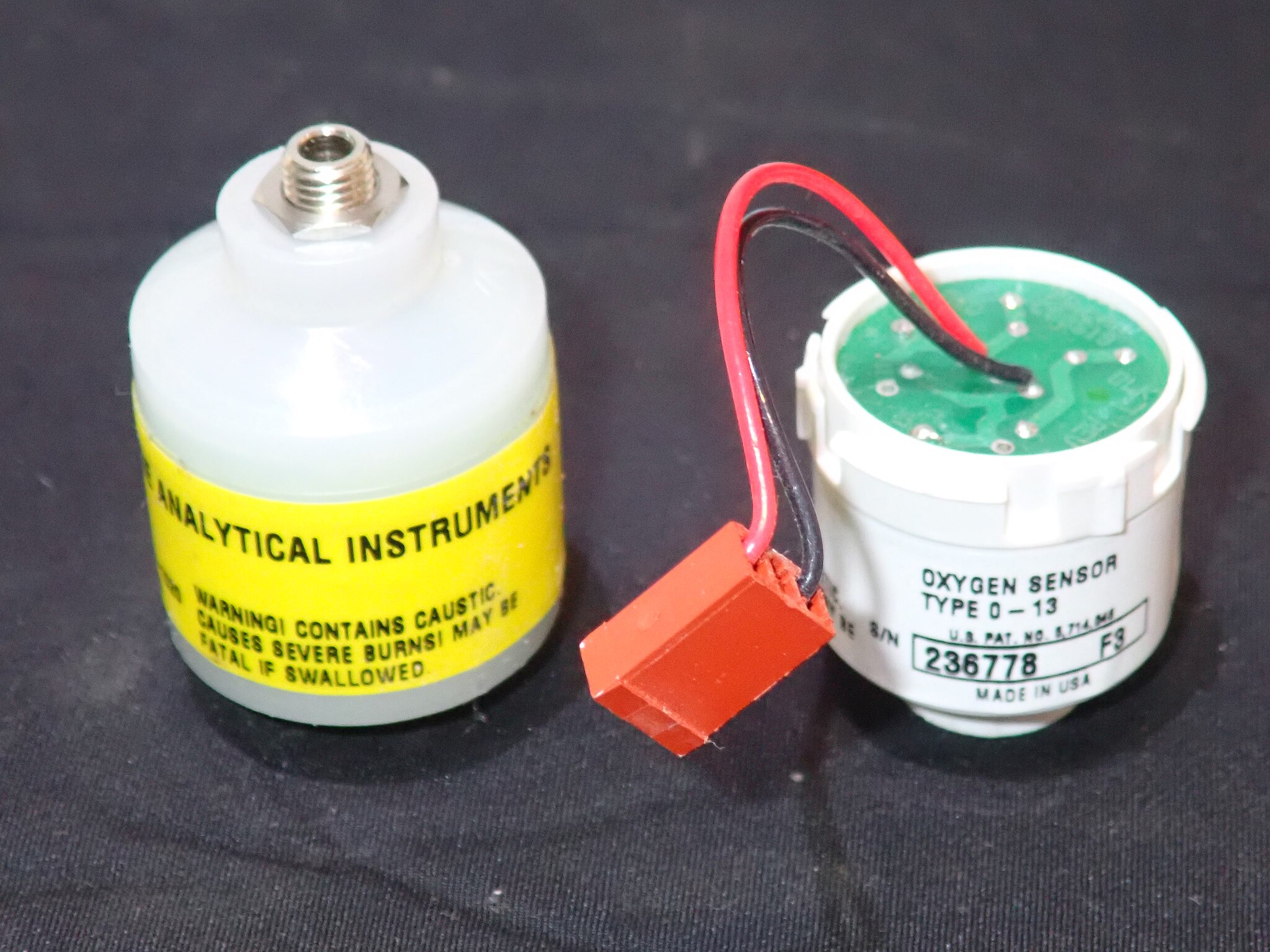Worldwide shipping
Shipping & Returns
Quality assured
Find retail locations
Expert support
For All Your Questions
Fast and secure
For All Your Questions
Your ppm is only as good as your sensors. Calibrate fast, log results, and you’ll spend less time chasing “phantom” issues.

For O₂ analyzers
For dew point
No account yet?
Create an Account